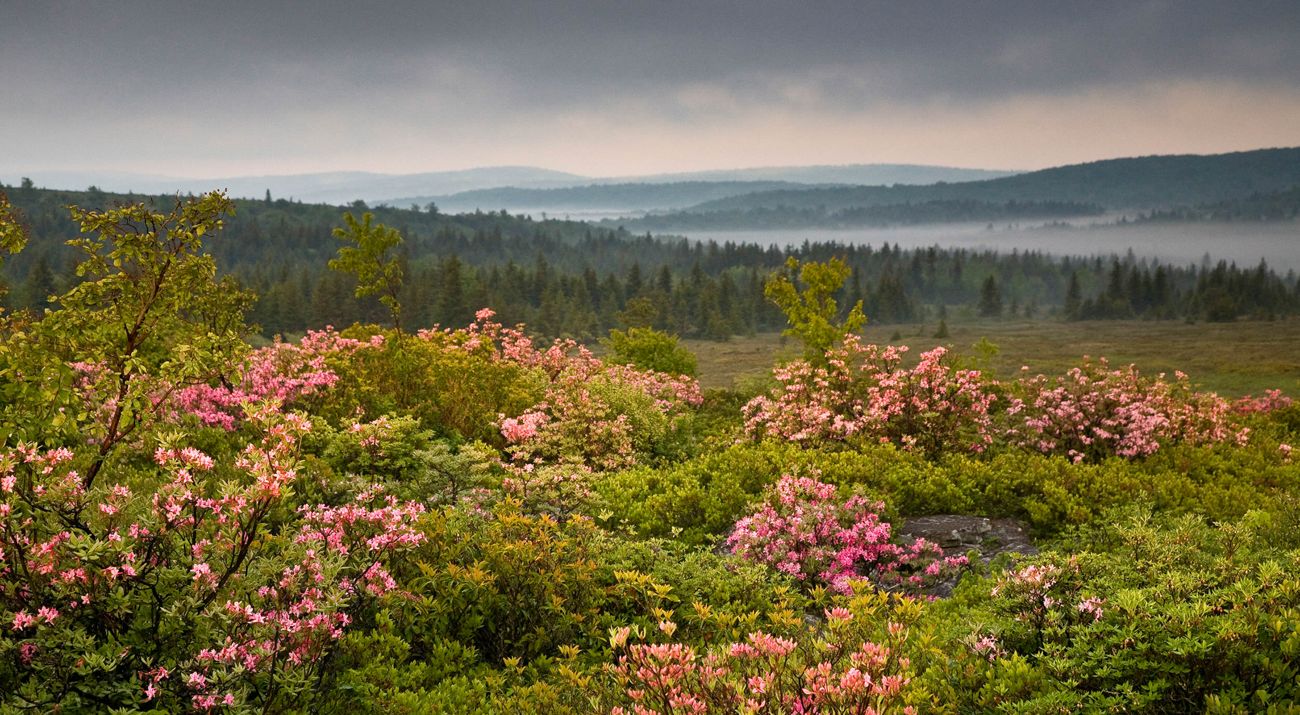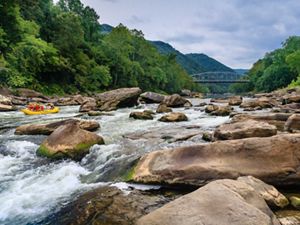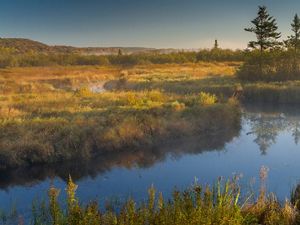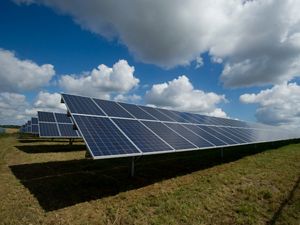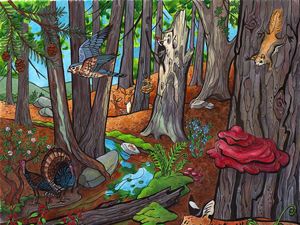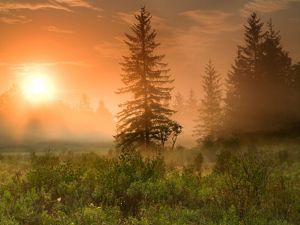Make a Difference in West Virginia
In West Virginia, we're working toward innovative solutions to boost the economy and help nature thrive. Our work here is contributing to a global mission to address some of the world's greatest challenges. When you donate today, you will help ensure a thriving natural environment for future generations.

See the Places We Protect in West Virginia
With your help, The Nature Conservancy has protected more than 125,000 acres of critical natural lands in West Virginia.
We Can’t Save Nature Without You
Sign up to receive monthly conservation news and updates from West Virginia. Get a preview of West Virginia's Nature News email.
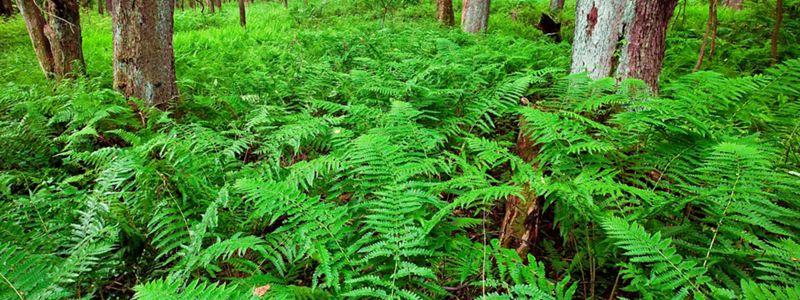
West Virginia Wildlife

_Dave_Riggs-CC_2504x1565.jpg?crop=0%2C0%2C2504%2C1565&wid=1640&hei=1025&scl=1.526829268292683)



